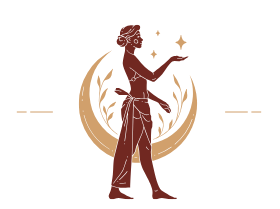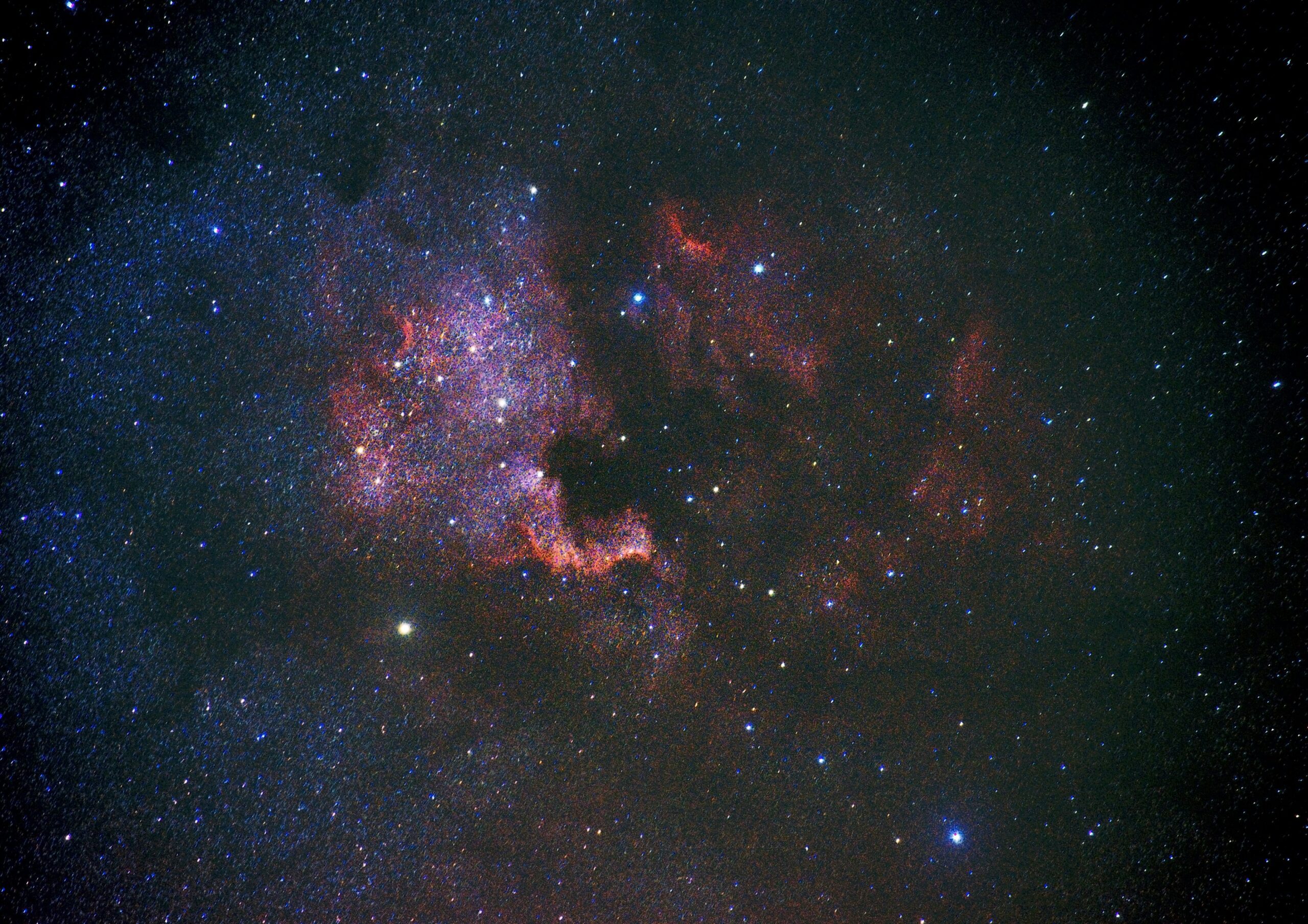Astrology is a fascinating and ancient practice that has captured the interest and imagination of people for centuries. While most of us are familiar with the mainstream astrological signs based on the Western zodiac. There are actually several diverse movements of astrology that offer unique perspectives and interpretations of celestial influences. In this blog post, we will delve into the different schools of astrology, exploring their origins, principles, and key characteristics.
The 5 Movements of Astrology
Western Astrology
Western astrology is perhaps the most well-known and widely practiced form of astrology in the Western world. It is based on the division of the zodiac into twelve signs. Each representing a specific period of the year and associated with particular personality traits and characteristics. Western astrology utilizes the positions of the sun, moon, and planets at the time of a person’s birth to create a natal chart. Providing insights into one’s personality, relationships, and life path.
Vedic Astrology
Also known as Jyotish, Vedic astrology is an ancient system of astrology originating from India. It differs from Western astrology in its calculation methods and interpretation of planetary influences. Vedic astrology places a strong emphasis on the concept of karma and uses the positions of the planets at the time of birth to map out an individual’s life path and destiny. It also includes various predictive techniques such as dashas and transit analysis.
I am working with Vedic Astrology since I followed a course about it. Before, I was teaching for 5 years about Western Astrology. The switch to Vedic Astrology felt natural to me. You can book a Vedic Astrology Consult with me via this link.
Chinese Astrology
Chinese astrology is based on a twelve-year cycle, with each year represented by an animal sign. In addition to the year of birth, Chinese astrology also takes into account the month, day, and hour of birth to create a unique astrological profile. Also known as the Four Pillars of Destiny. Each animal sign is associated with specific personality traits, strengths, and weaknesses. Providing insights into various aspects of one’s life, including relationships, career, and health.
Celtic Astrology
Celtic astrology, also known as the Druid or Tree astrology, is based on the lunar calendar and the symbolism of trees. Each tree in the Celtic Ogham tree alphabet is associated with specific personality traits and characteristics. Similar to zodiac signs in Western astrology. Individuals are assigned a tree sign based on their date of birth, providing insights into their inner nature, strengths, and potential challenges.
Mayan Astrology
Mayan astrology is deeply rooted in Mayan culture and traditions, focusing on the Tzolk’in calendar, which consists of 260 days. Each day in the calendar is associated with a specific energy or deity, offering insights into an individual’s characteristics and destiny. Mayan astrology also incorporates elements of numerology and symbolism, providing a unique perspective on personality traits and life patterns.
Conclusion
Astrology is a rich and diverse field that encompasses various traditions and practices from around the world. Each school of astrology offers a unique lens through which to view celestial influences and understand human nature. By exploring the different movements of astrology, we can gain a deeper appreciation for the cultural and philosophical diversity of this ancient art and find insights and guidance that resonate with our individual journeys.
There is no good or wrong. You choose the movement of astrology in which you feel most connected. For me, it was Vedic Astrology after a long time I focused on Western astrology. For me, it felt natural to connect with the placements of the planets before the introduction of the Calendar.




